After having a delightful breakfast at the hotel, we will take this day to go around the historical town of Kathmandu for some sightseeing. The sightseeing tour will take you to some of the ancient temples and historical places of great religious and spiritual importance for both the Hindu & Buddhist religion. We will start the sightseeing tour in our private vehicle with a member of our staff for guiding you through the whole sightseeing tour. We will start our Tour with the great Hindu Temple Pashupatinath.
Pashupatinath: Situated 5 kilometers east of Kathmandu City, Pashupatinath temple is one of the holiest temples dedicated to Lord Shiva. Situated amidst a lush green natural setting on the bank of the sacred Bagmati river, the temple built in pagoda style has jilted roof and richly carved silver doors. Visitors will be permitted to view the temple from the east bank of Bagmati River, entrance in the temple being strictly forbidden to all non-Hindus any foreigners expect Hindu Indian. Pashupatinath is the centre of annual pilgrimage on the day of shivaratri which falls in the month of February/March. Behind the temple are the cremation grounds.
After Pashupatinath we head towards Boudhanath, another magnificent pagoda style Buddhist stupa famous for its nickname “The little Tibet”.
Boudhanath: This Stupa, 8 kilometers east of Kathmandu City, is one of the biggest in the world of its kind. It stands with four pairs of eyes in the four cardinal direction keeping watch for righteous behavior and human prosperity. This Buddhist Stupa was built by King Man Deva at the advice of the Goddess Mani Jogini. It is built on an octagonal base inset with prayer wheels. The shrine is ringed by houses of Lamas or Buddhist priest.
After finishing the tour around Boudhanath we head towards Kathmandu Durbar Square, another small site also listed on the UNESCO world heritage site for its great religious importance.
Kathmandu Durbar Square: Kathmandu Durbar Square is one of the major attractions in Kathmandu Valley. The word Durbar Square translated in English as Palace Complex. The Durbar Square, with its old temples and palaces, epitomizes the religious and cultural life of the people. Interesting things to see here are:-
Kumari (The Living Goddess) Gar, At the West end of the square, is a beautiful house full of woodcarving of different God and Goddesses. This Palace is three storied and in this palace, lives the very famous living Goddess Kumari. Both Hindus and Buddhists equally venerate her. For Hindus she is the reincarnation of Hindu Goddess Kali. She is equally worshiped by Buddhists because she is chosen from Buddhist family. This shows the harmony between Buddhist and Hindus in Nepal.
Maru Ganesh: Small yet the most visited temple of Kathmandu is Maru Ganesh. The people of Kathmandu valley believe that the four Ganesh in four corners of Kathmandu valley protect the peoples living in Kathmandu. Every day people go to worship this temple and especially on Tuesdays one can see a long queue of people waiting for hours to worship. Tuesday is considered the day of Ganesh.
After concluding the tour around Kathmandu Durbar Square we will head towards Swayambhunath nicknamed the “Monkey Temple”. The Buddhist stupa holds some great artistic and magnificent small Buddhist monasteries where you will witness some great Buddhist culture and tradition.
Swayambhunath: Swayambhunath is located approximately 4 kilometers and this Buddhist Stupa is said to be 2000 years old. The Stupa which forms the main structure is composed of a solid hemisphere of brick and earth supporting a lofty conical spire capped by a pinnacle of copper gilt. Painted on the four sided base of the spire are the all-seeing eyes of Lord Buddha. This hill is a mosaic of small Chaityas and Pagoda temples.
After visiting these magnificent places we conclude for the day and return back to the hotel for some rest. Stay overnight in Hotel.
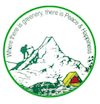

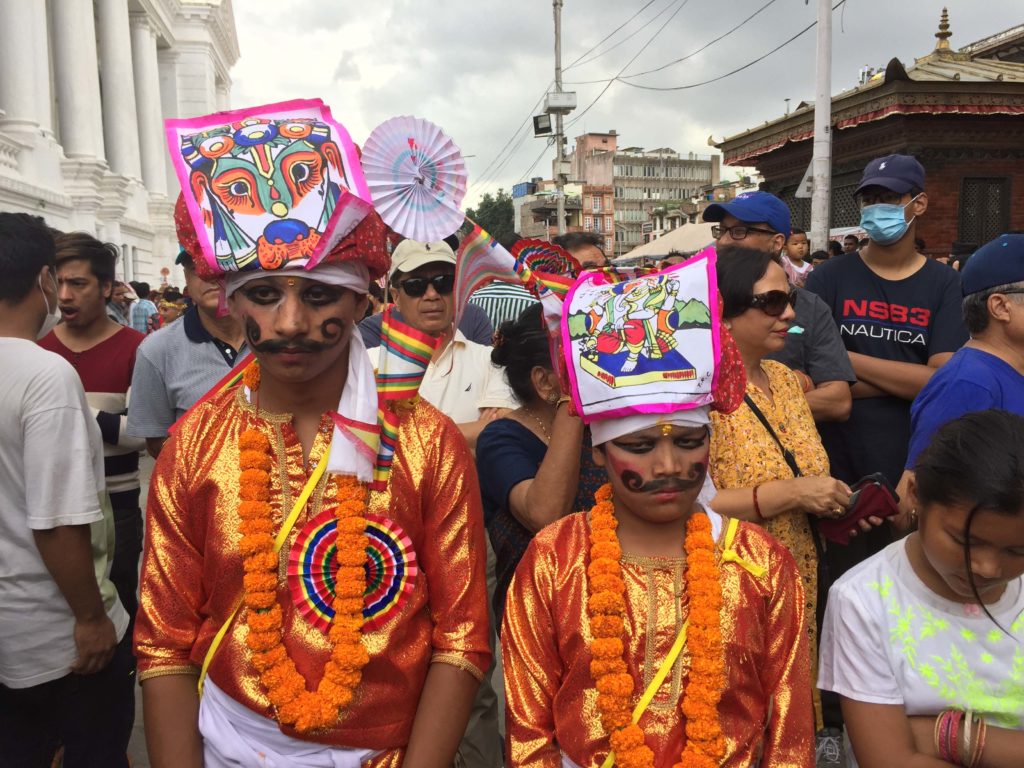
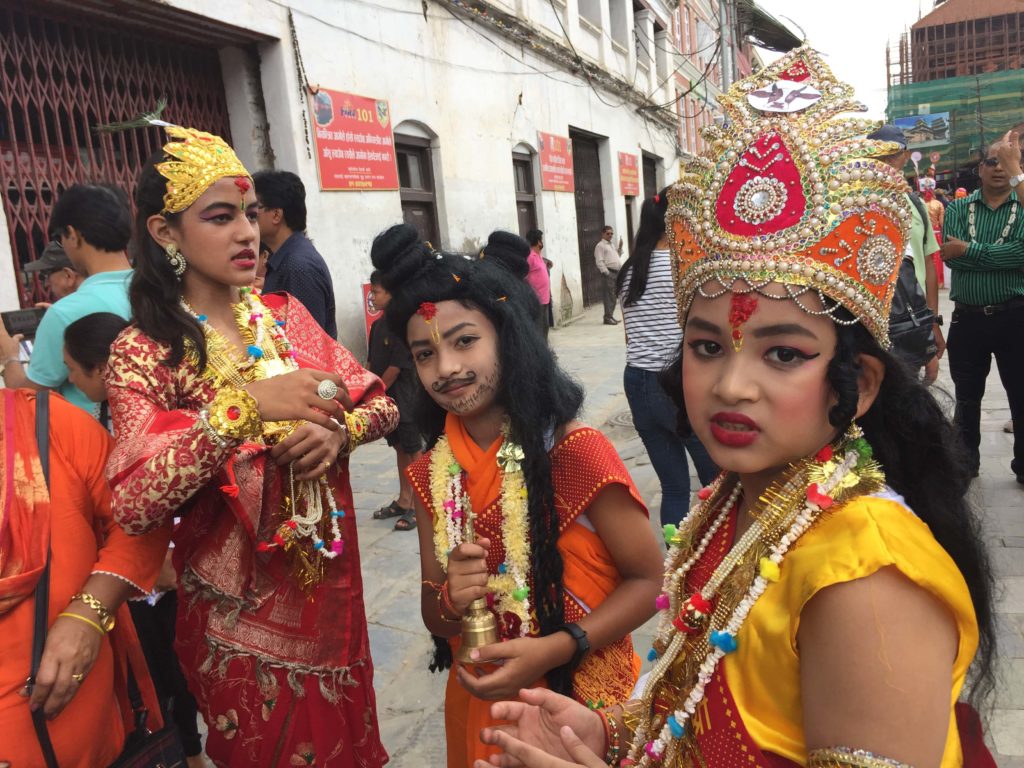
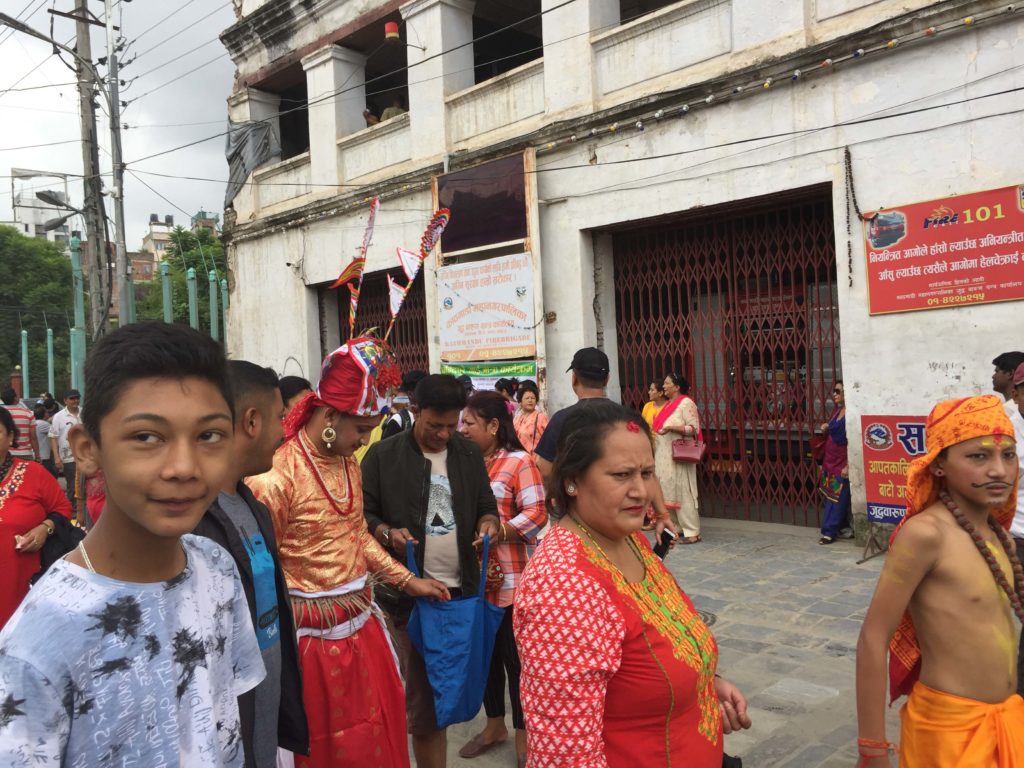
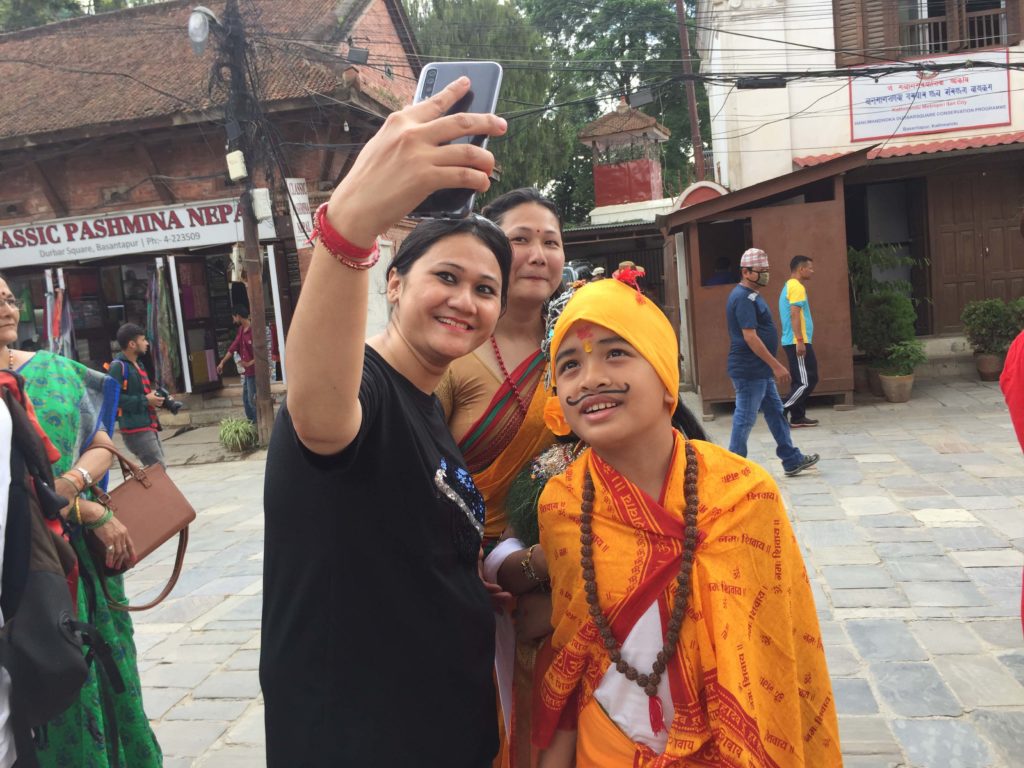
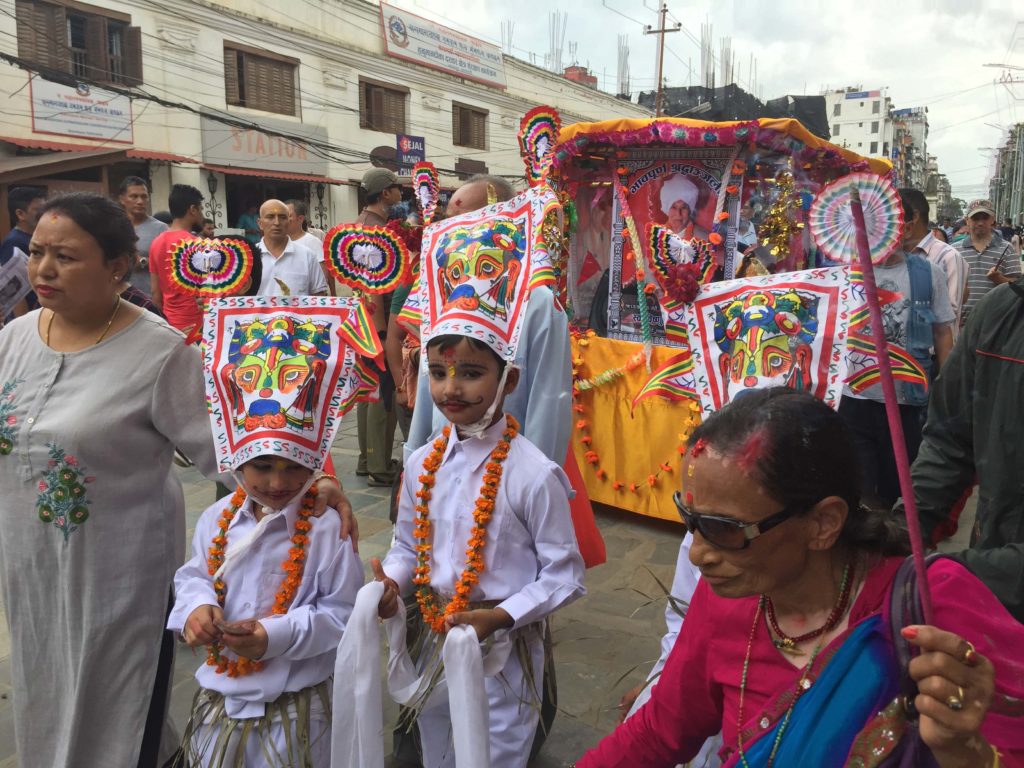
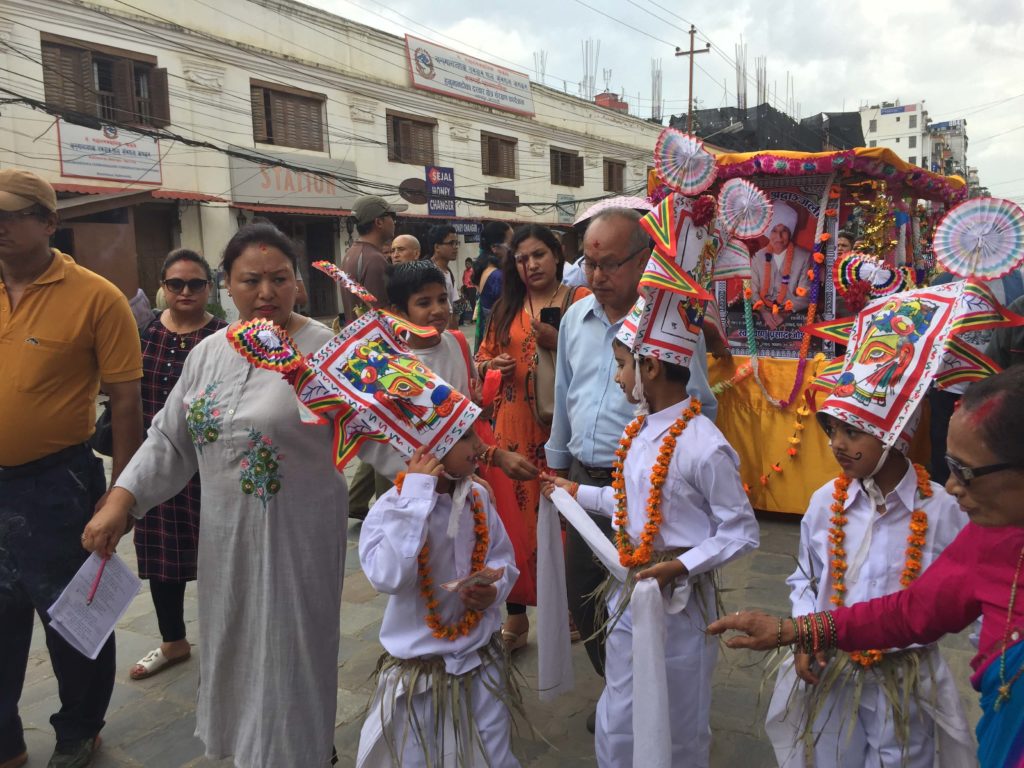
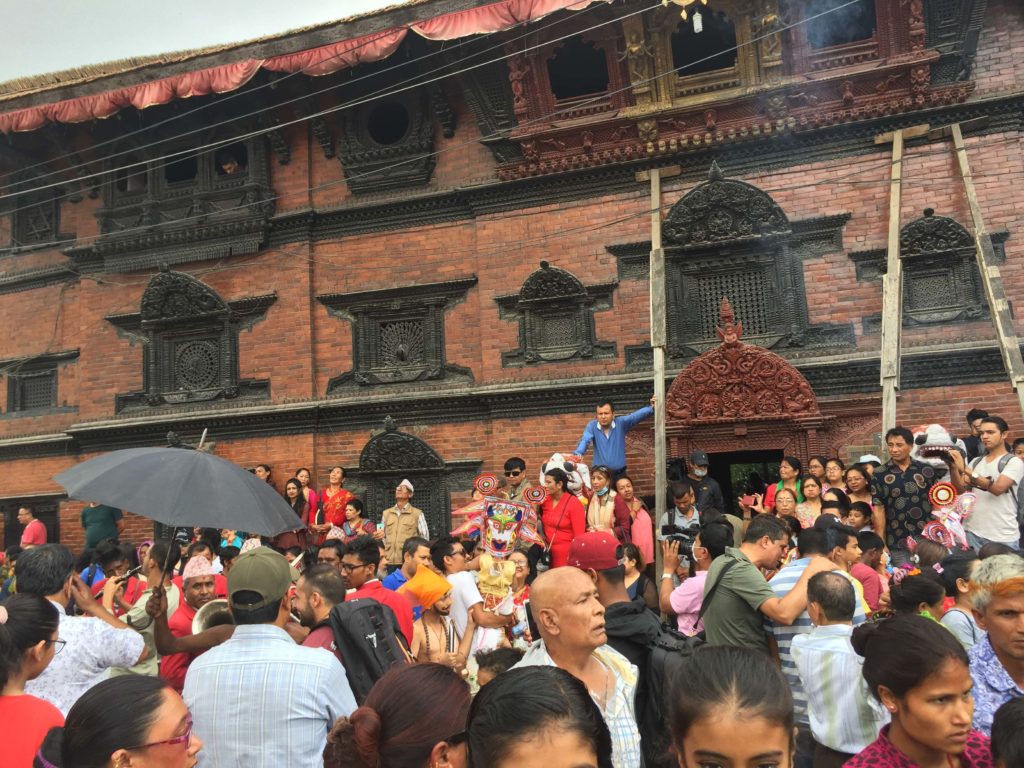
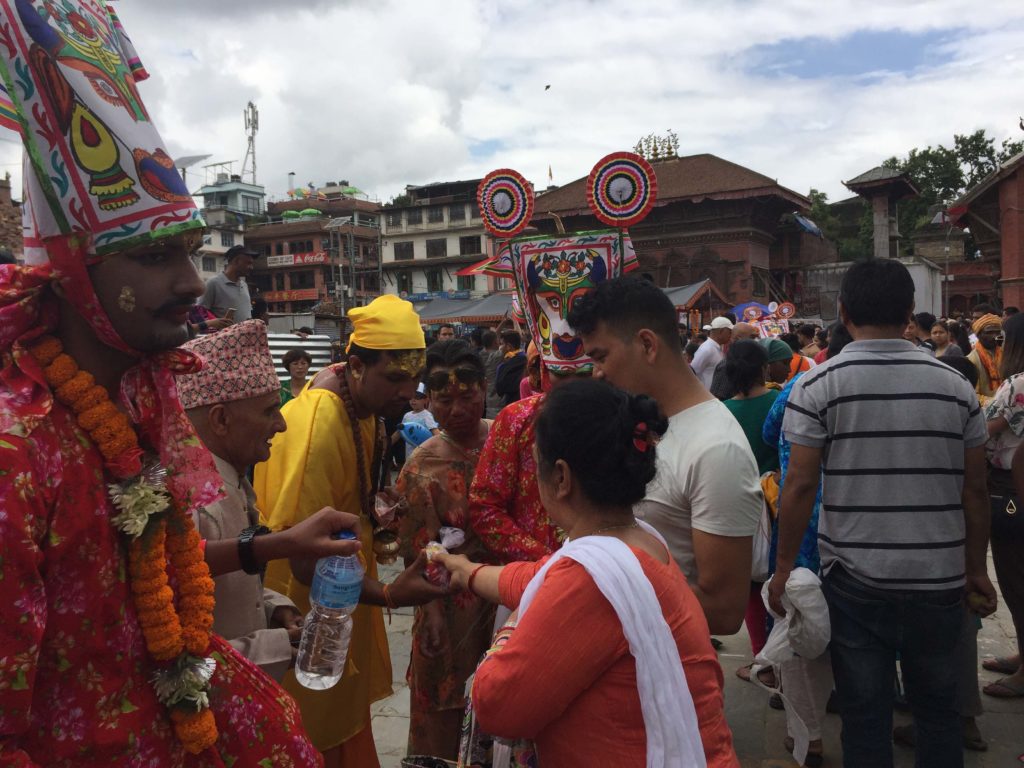
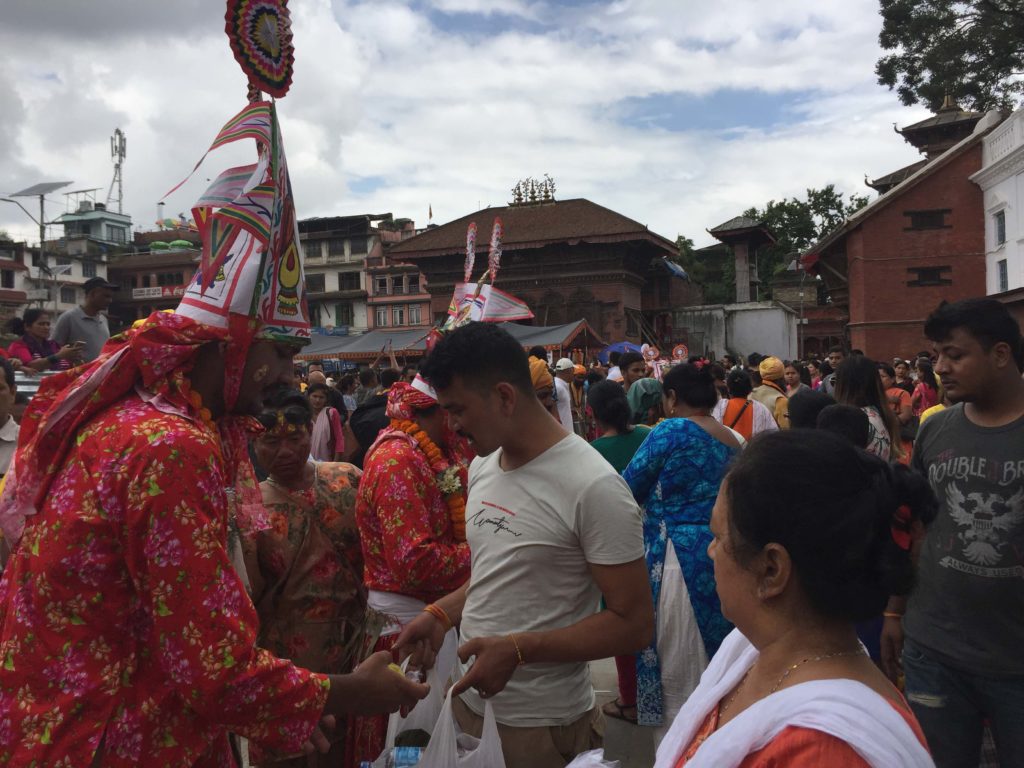
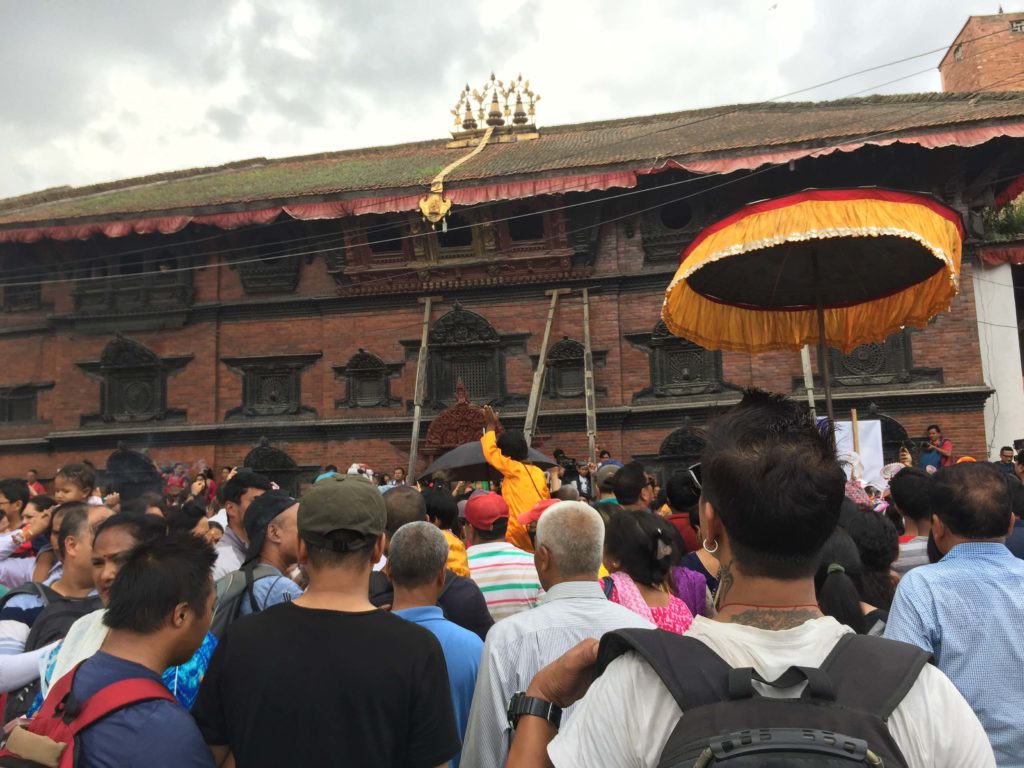
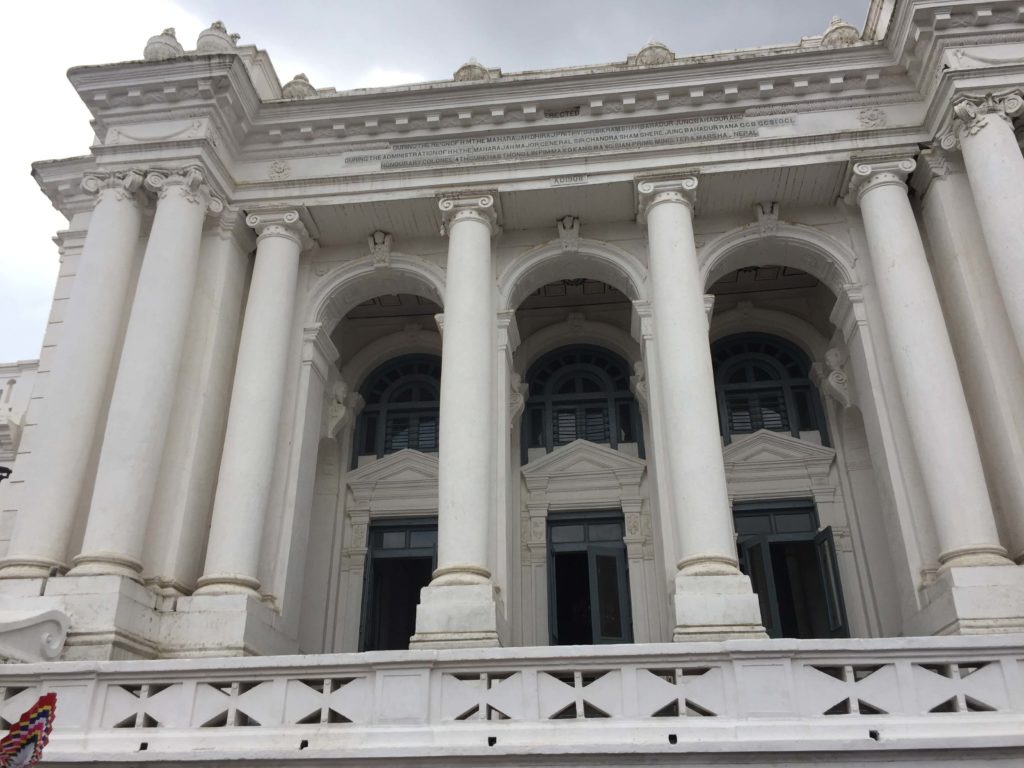
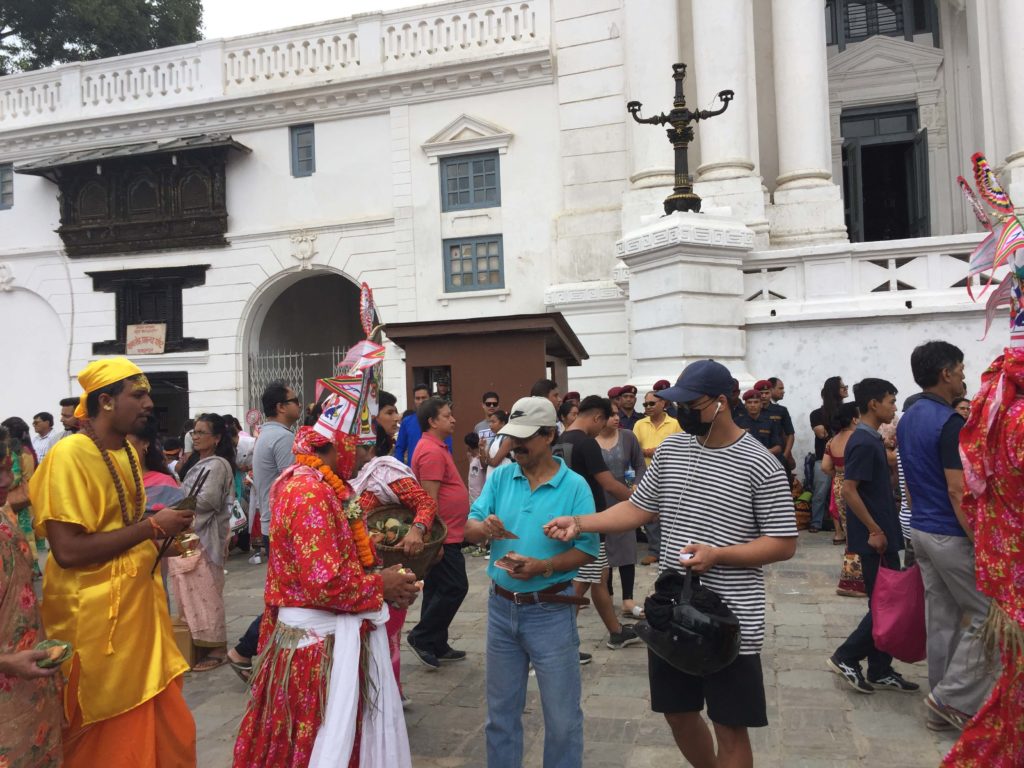
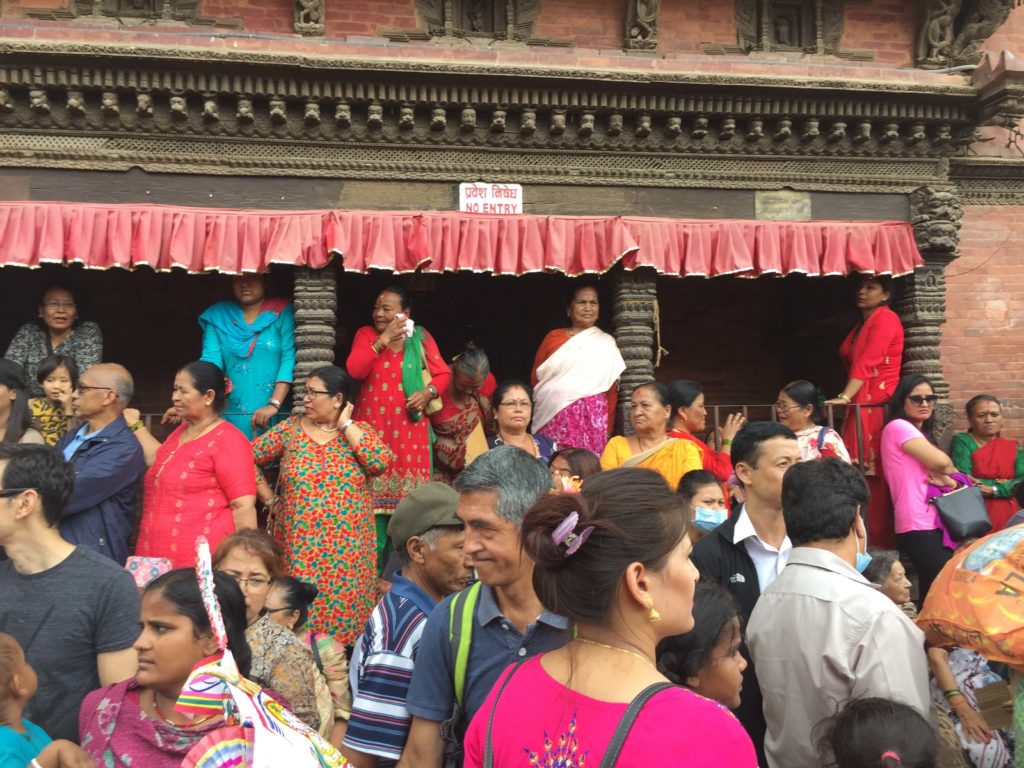
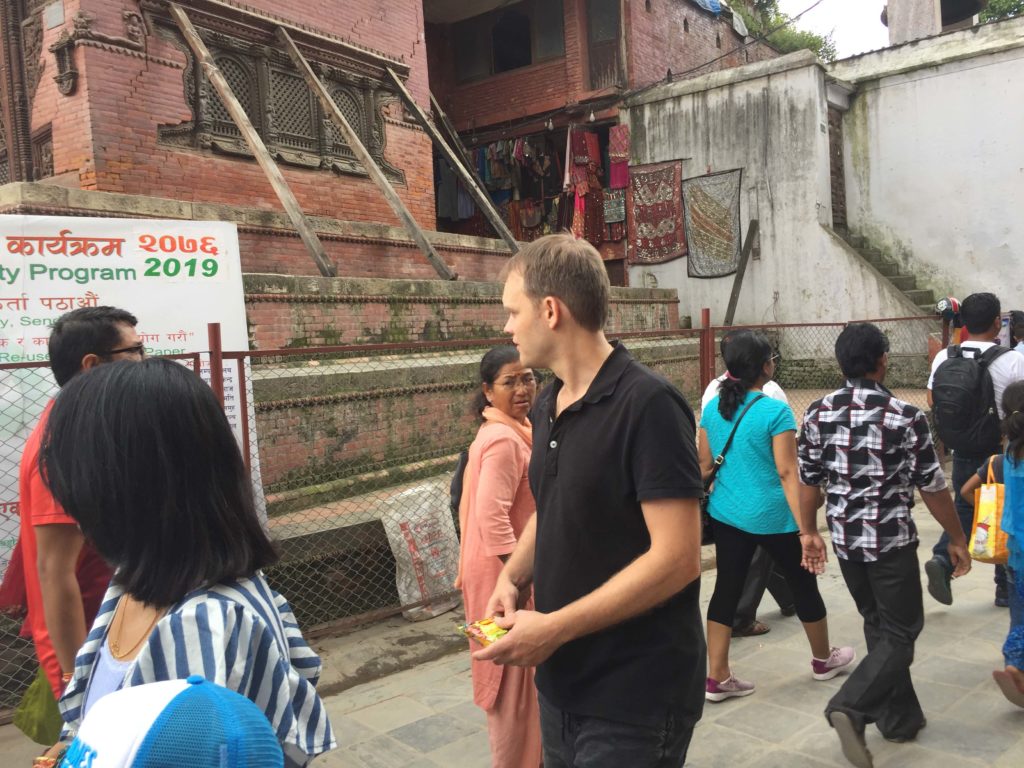
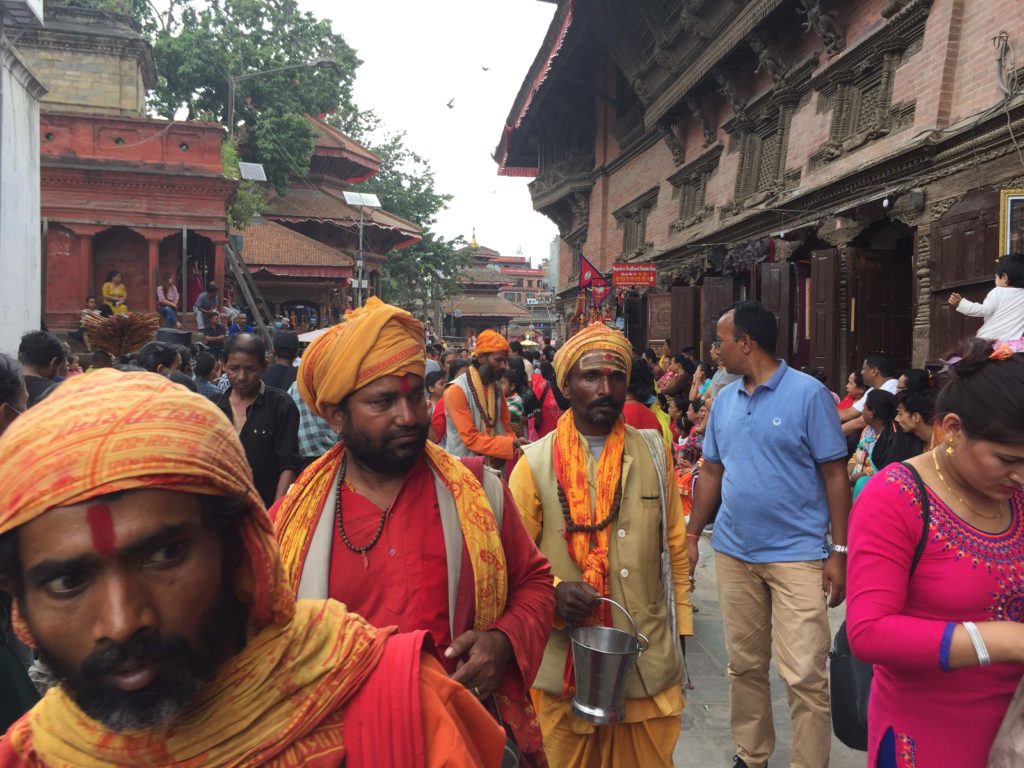
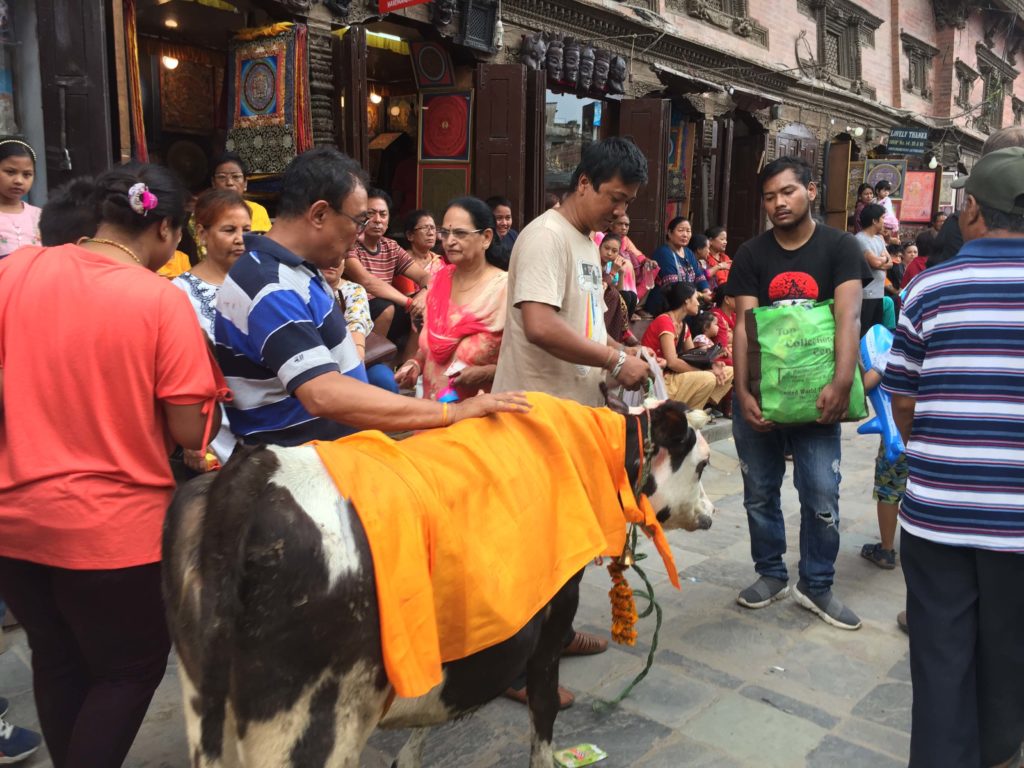
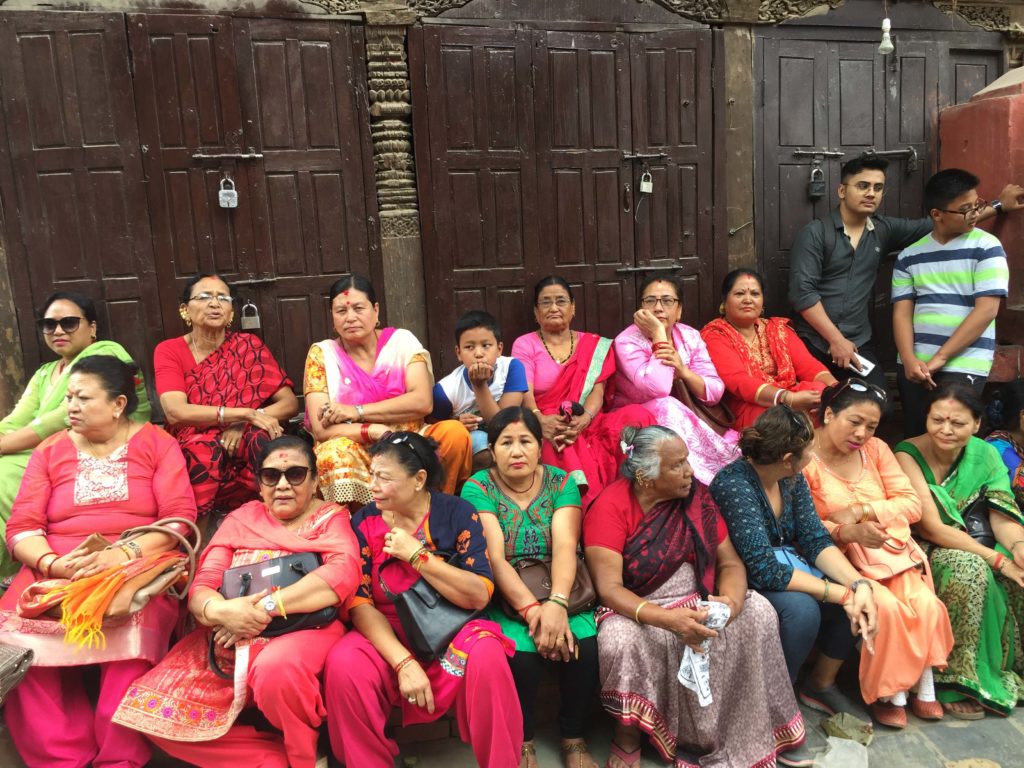
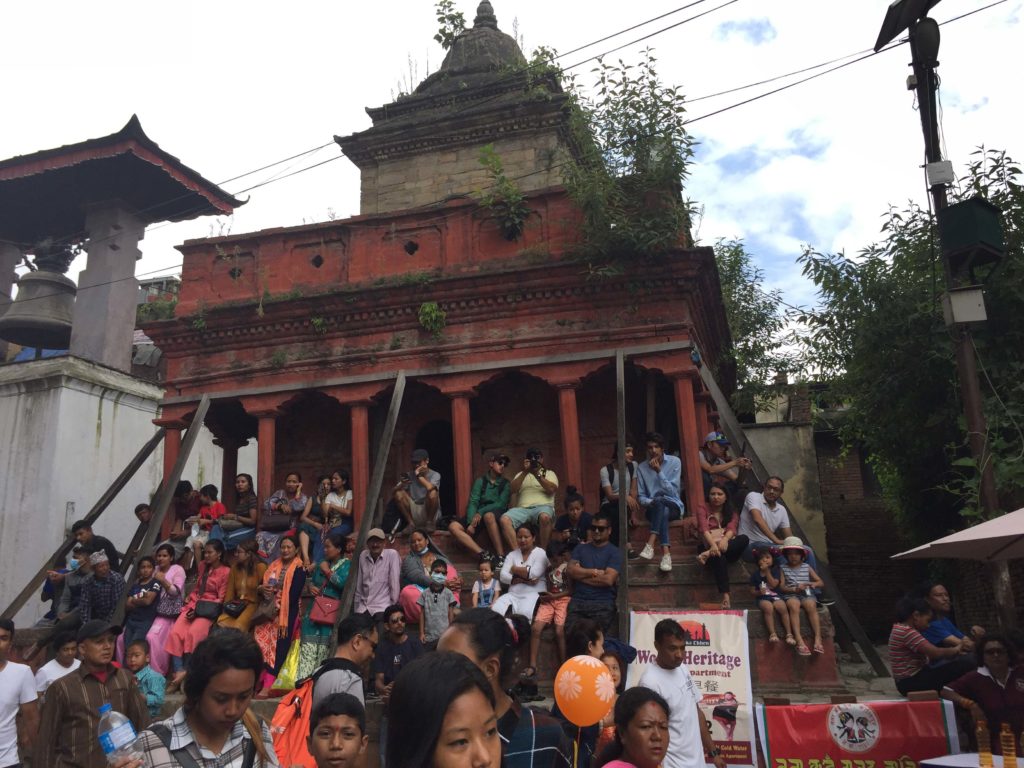
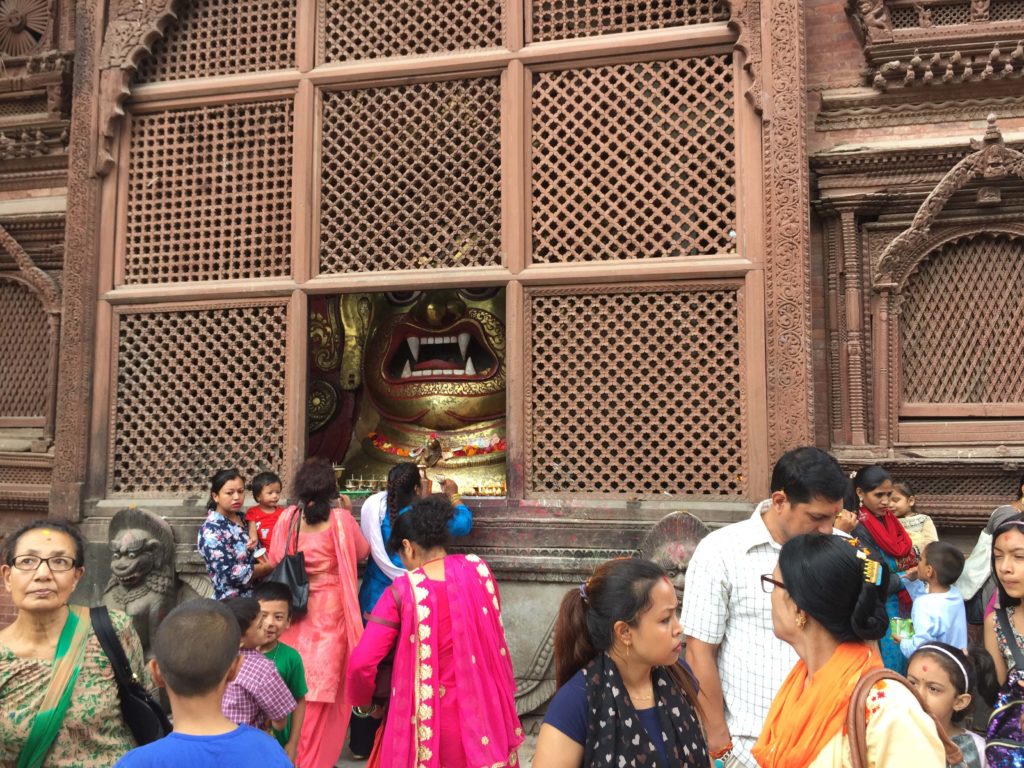
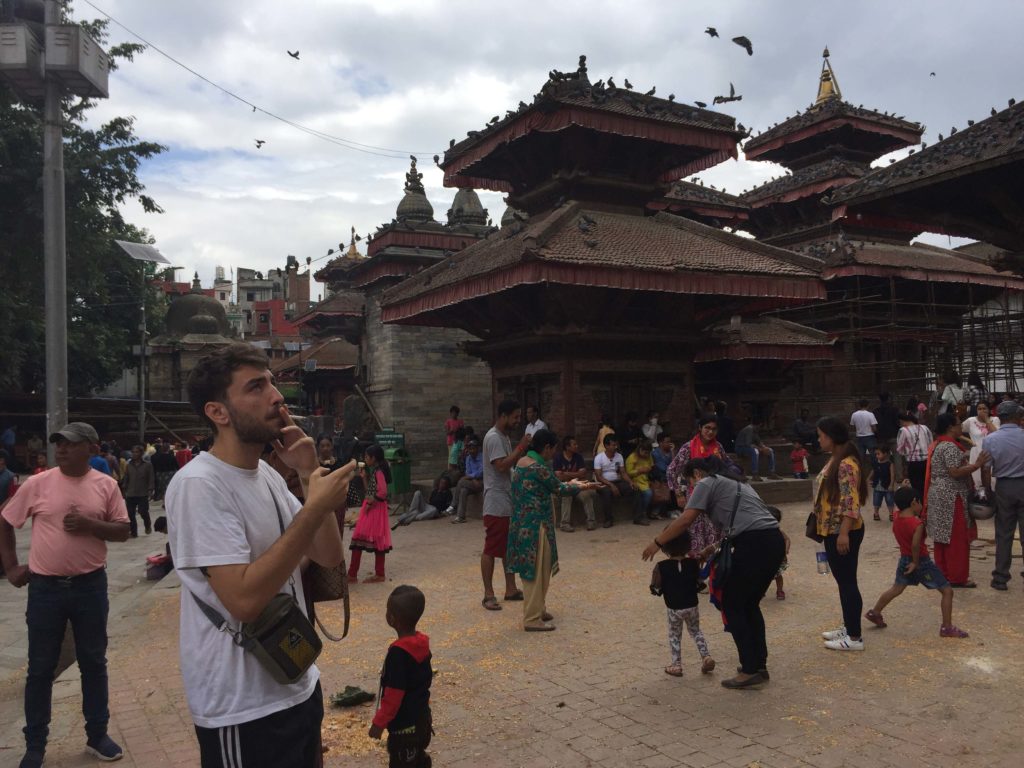
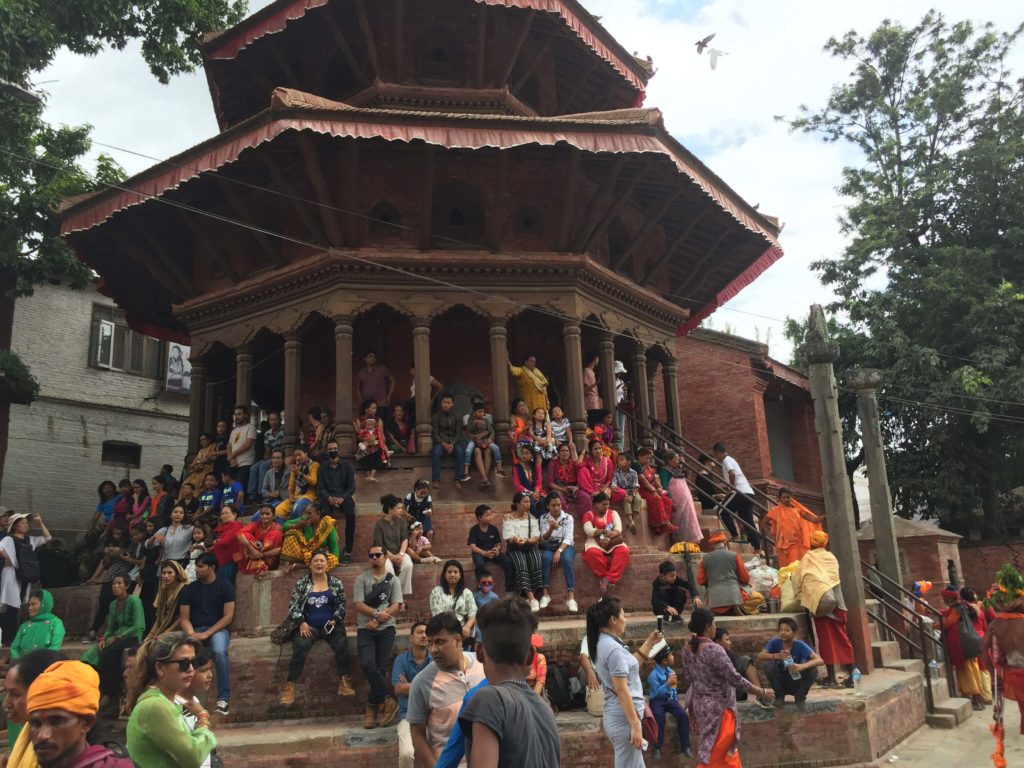
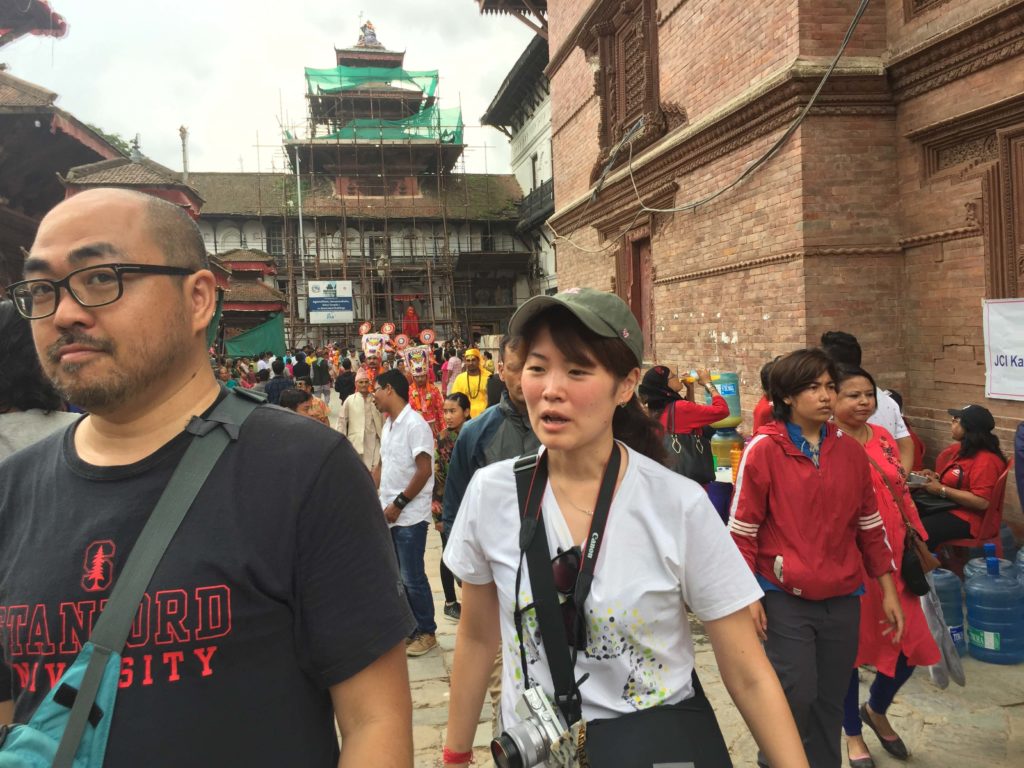
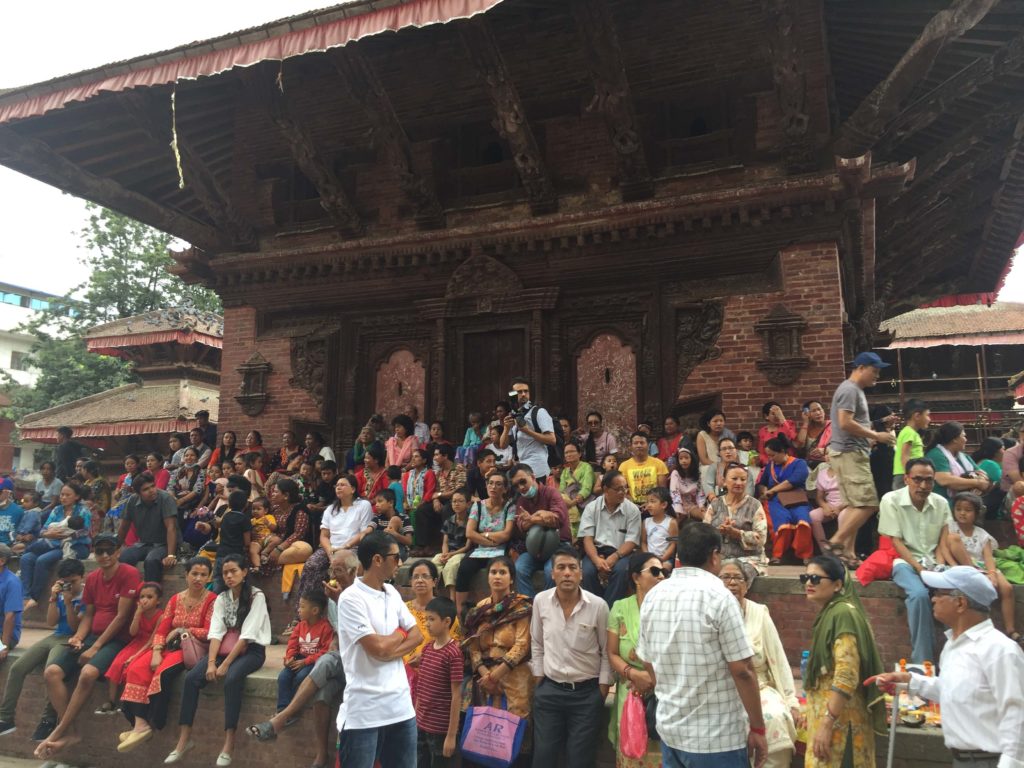
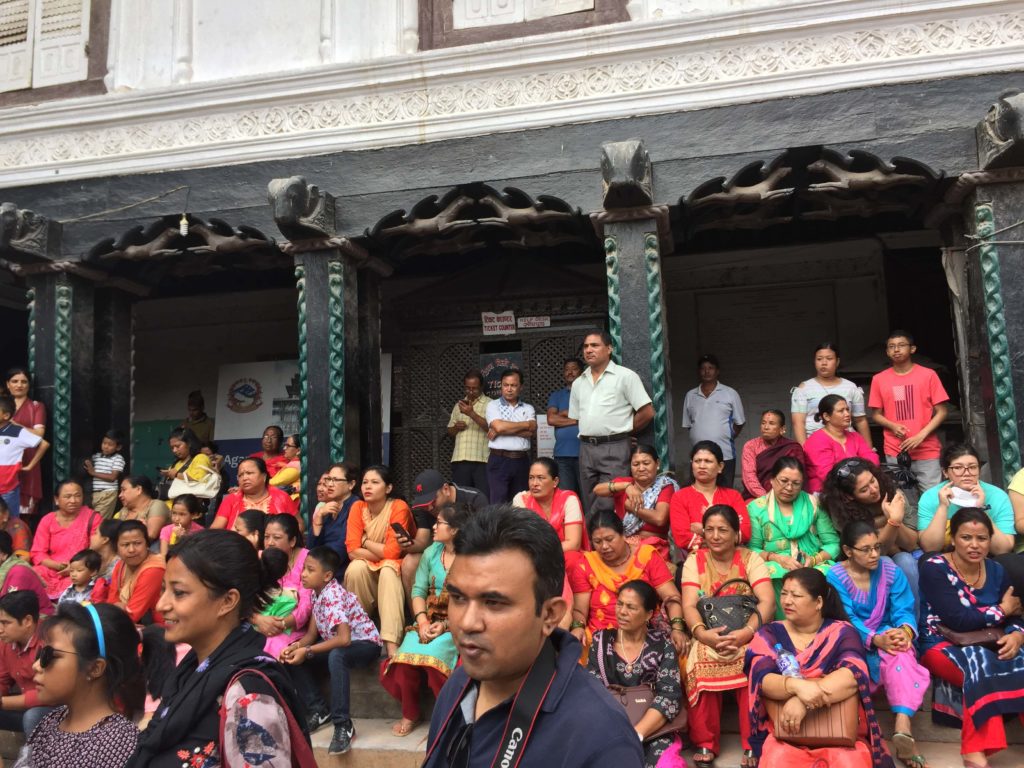
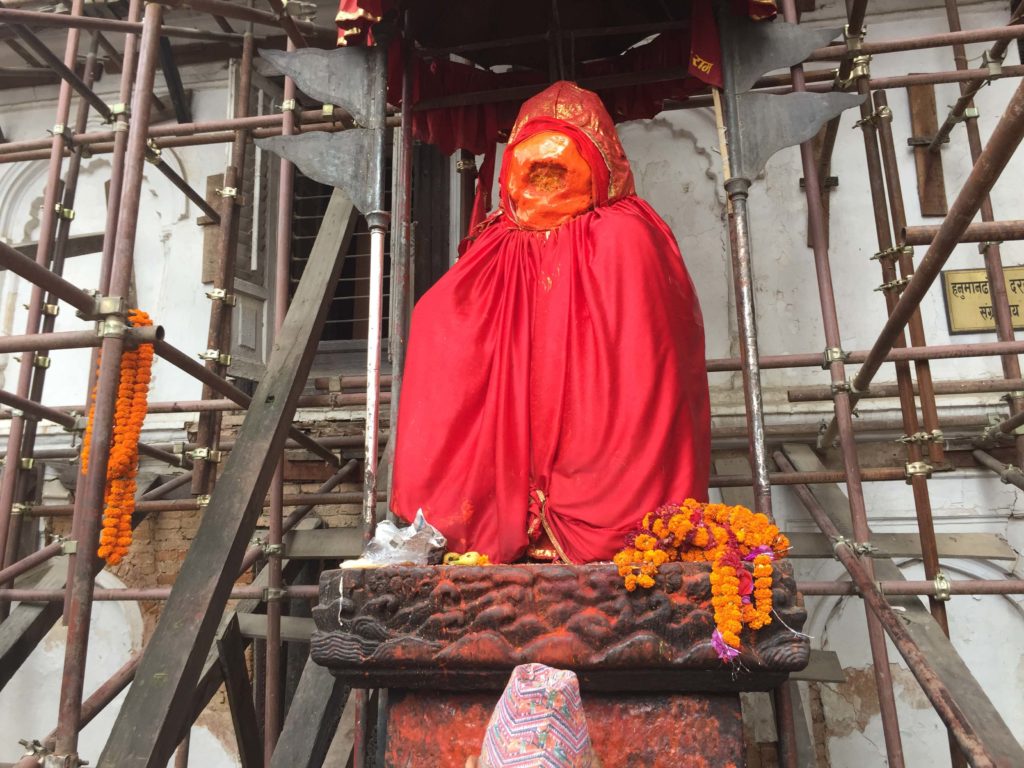
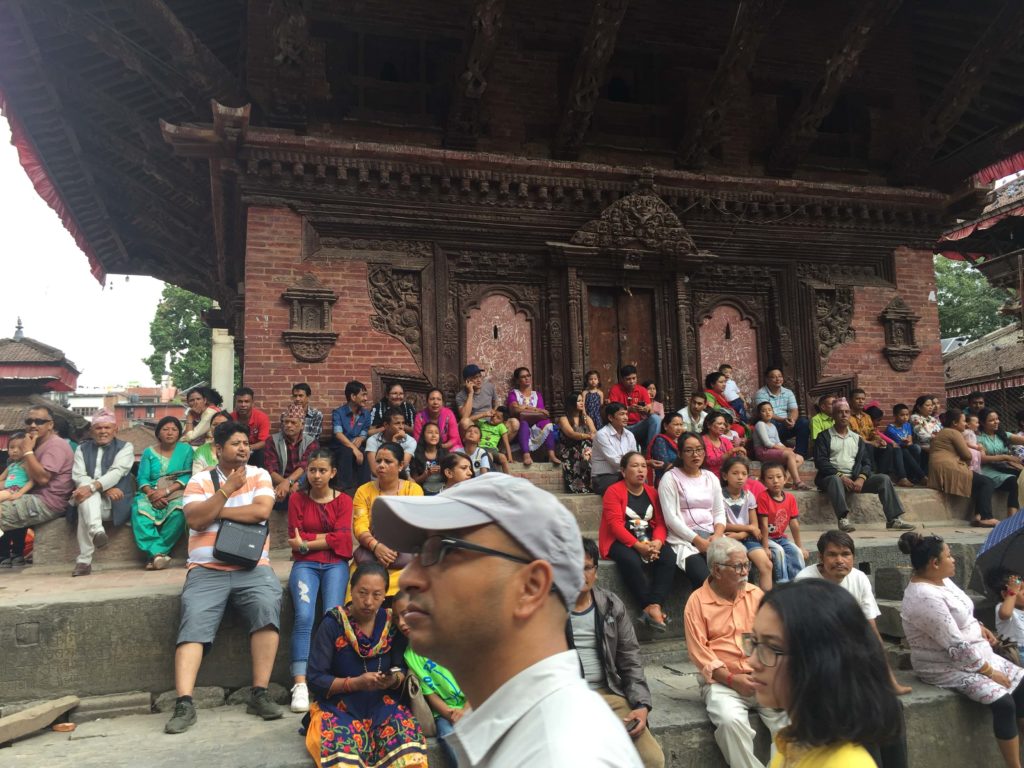
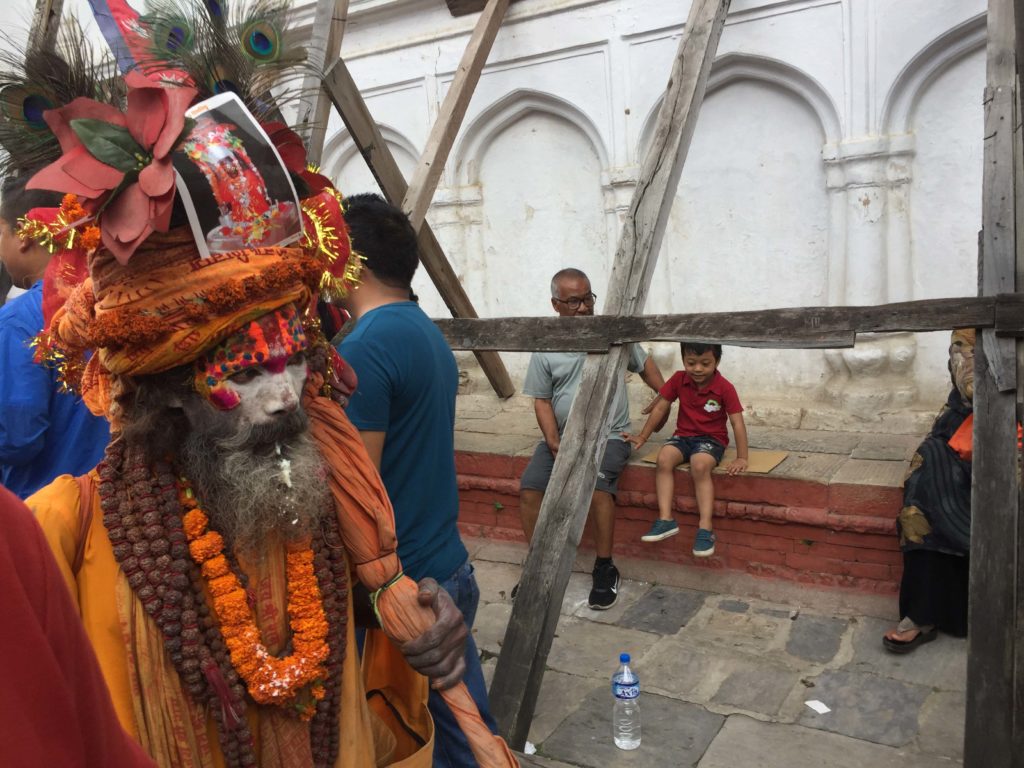
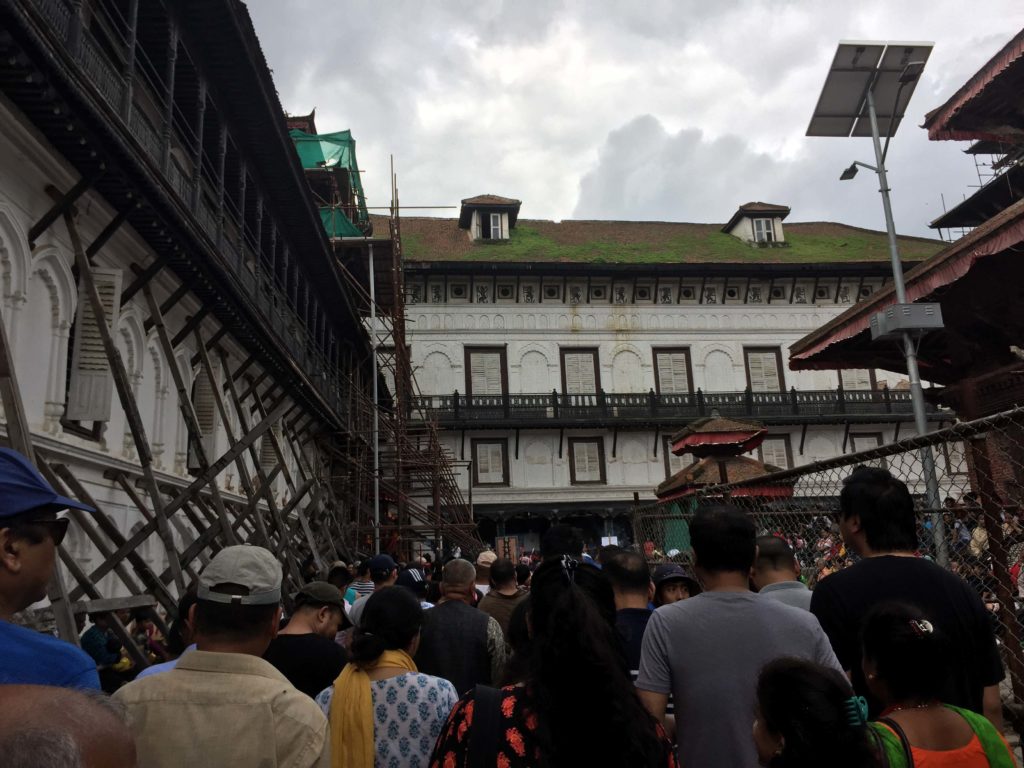
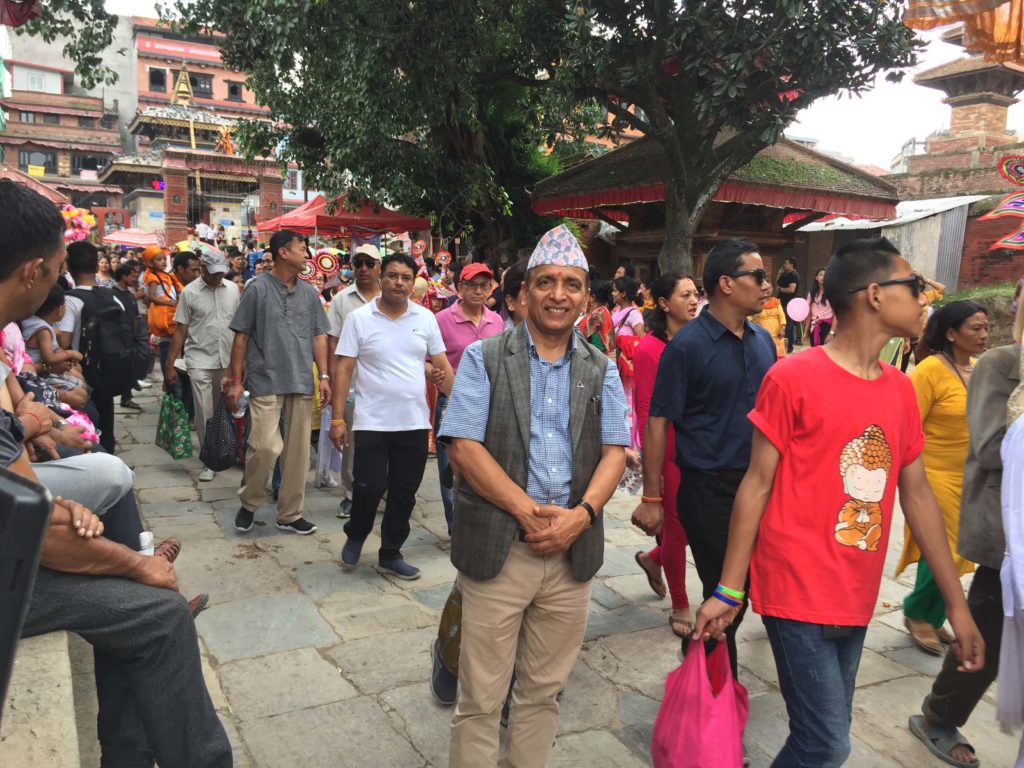
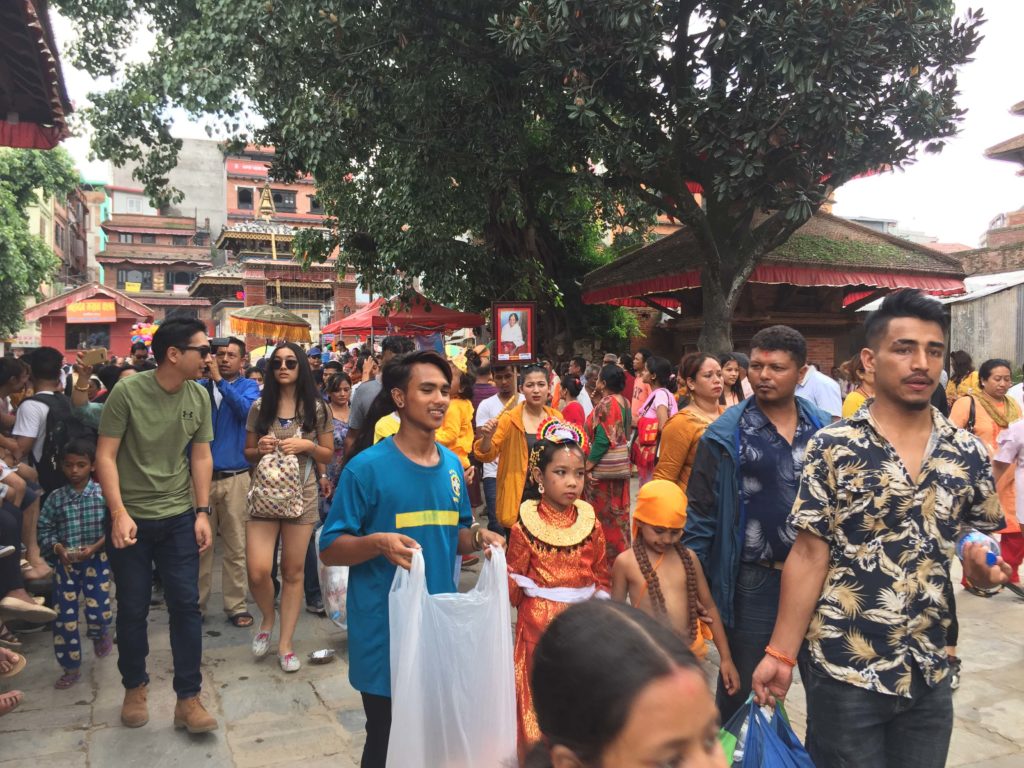
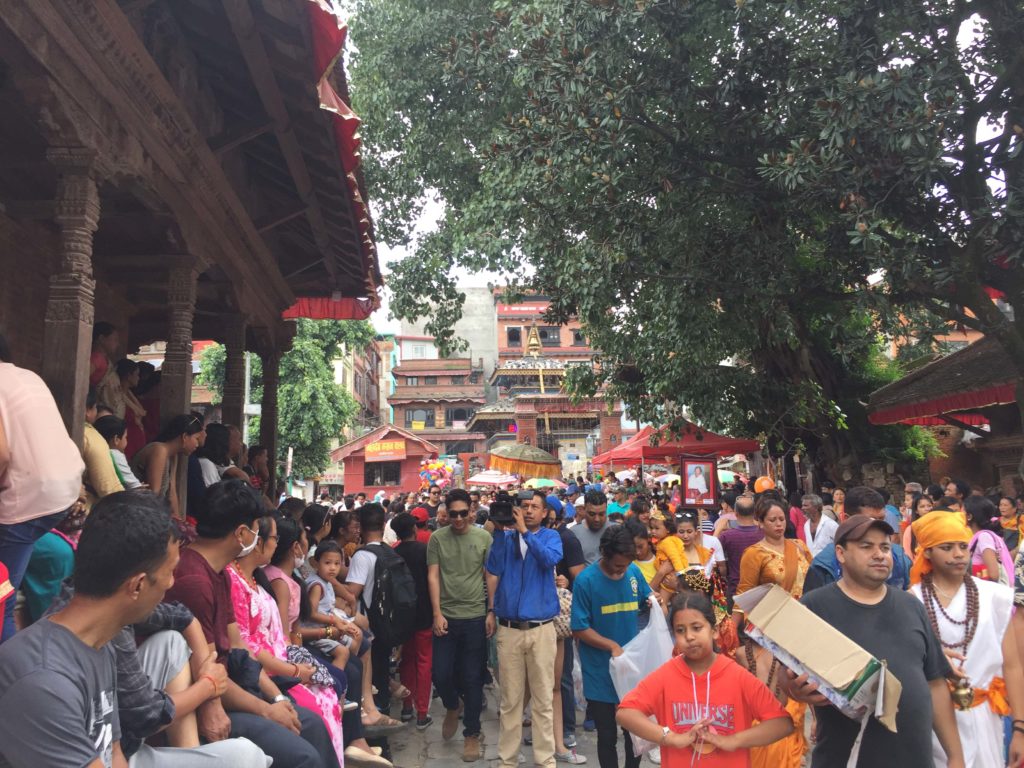
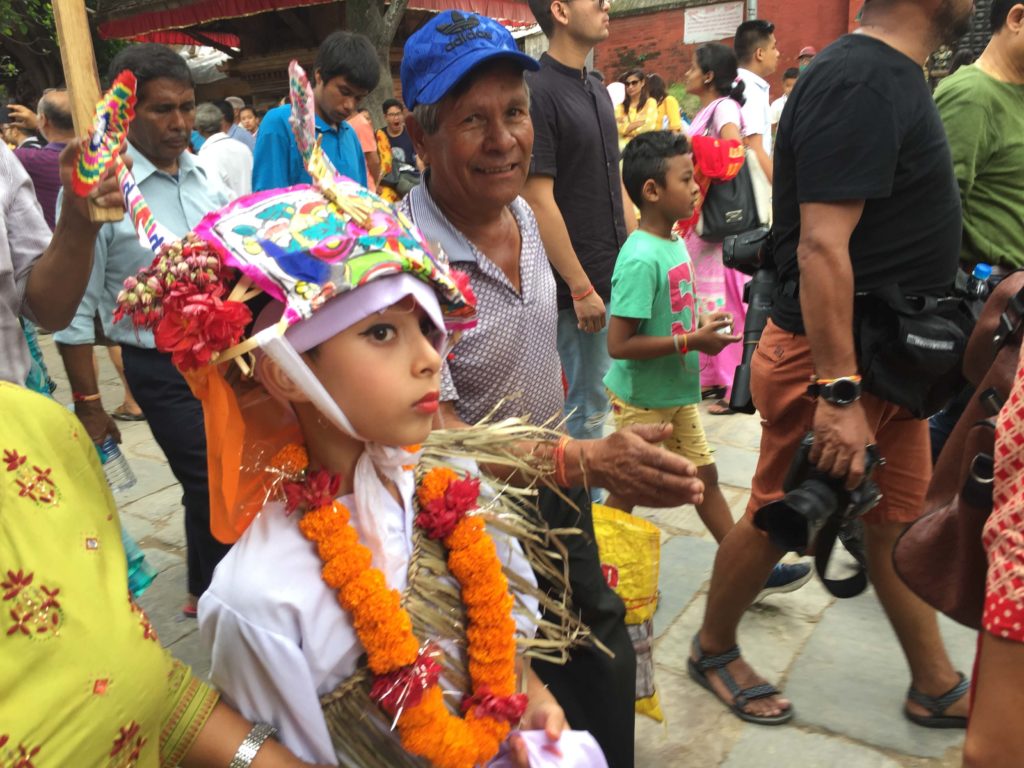
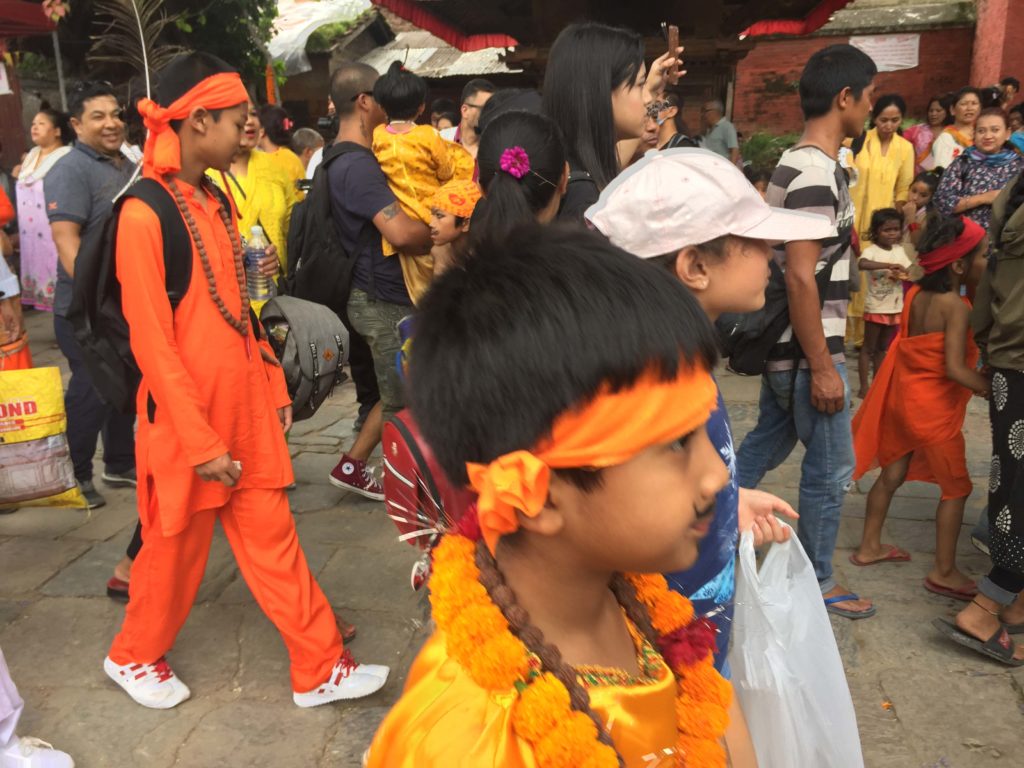
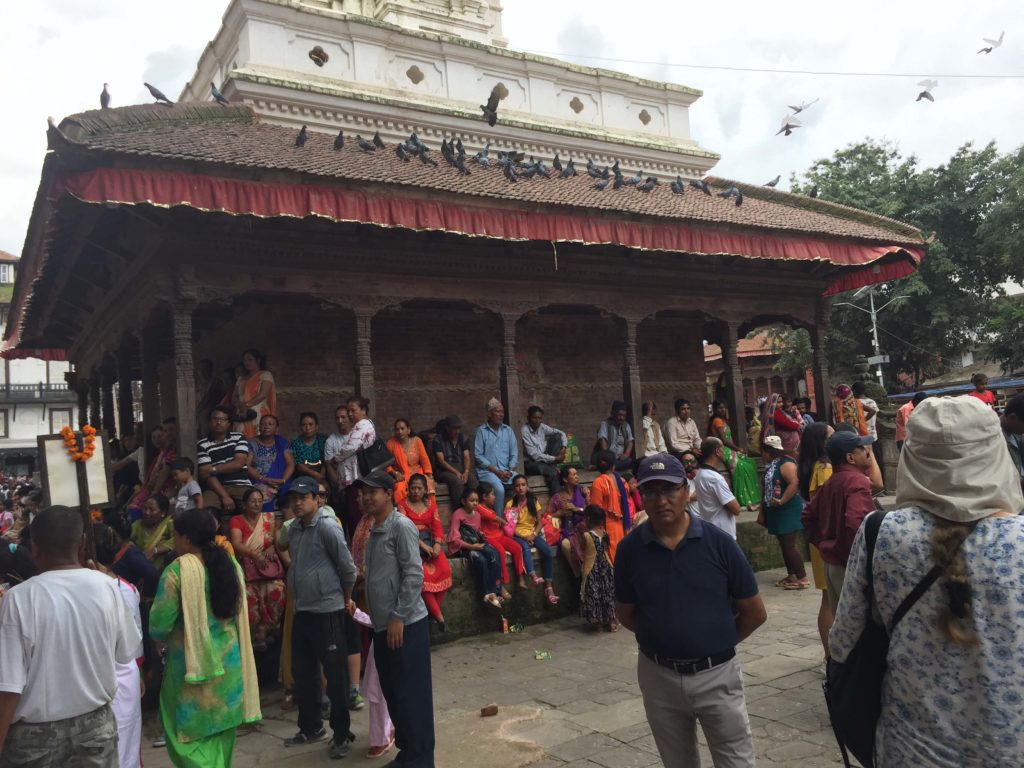
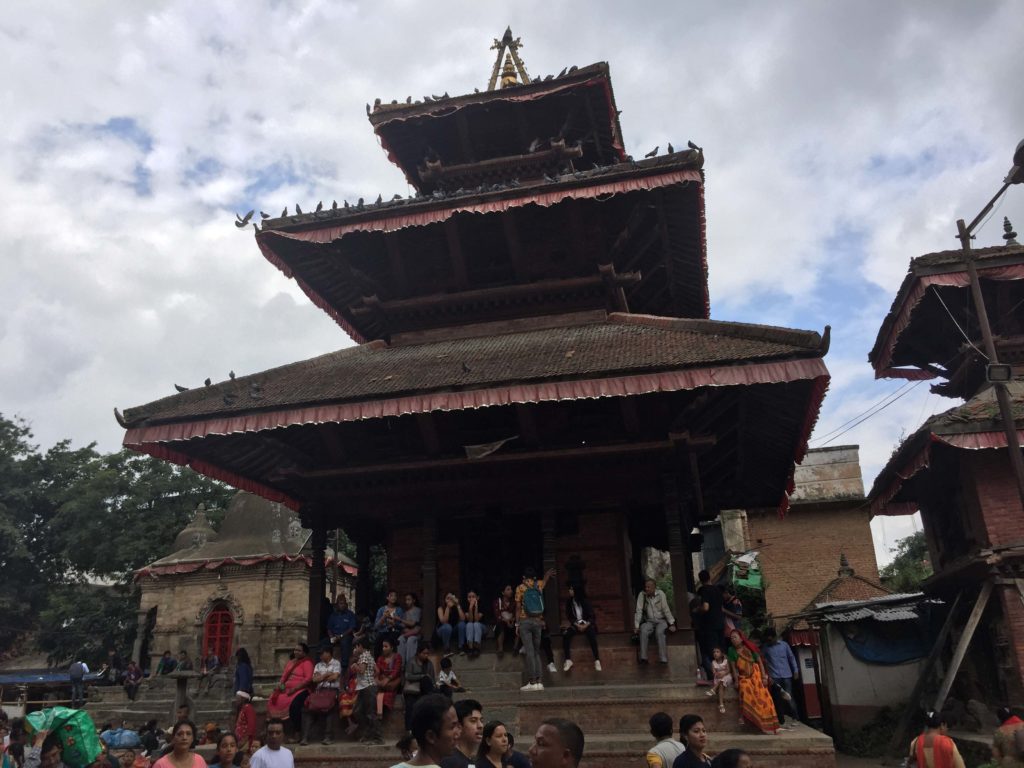
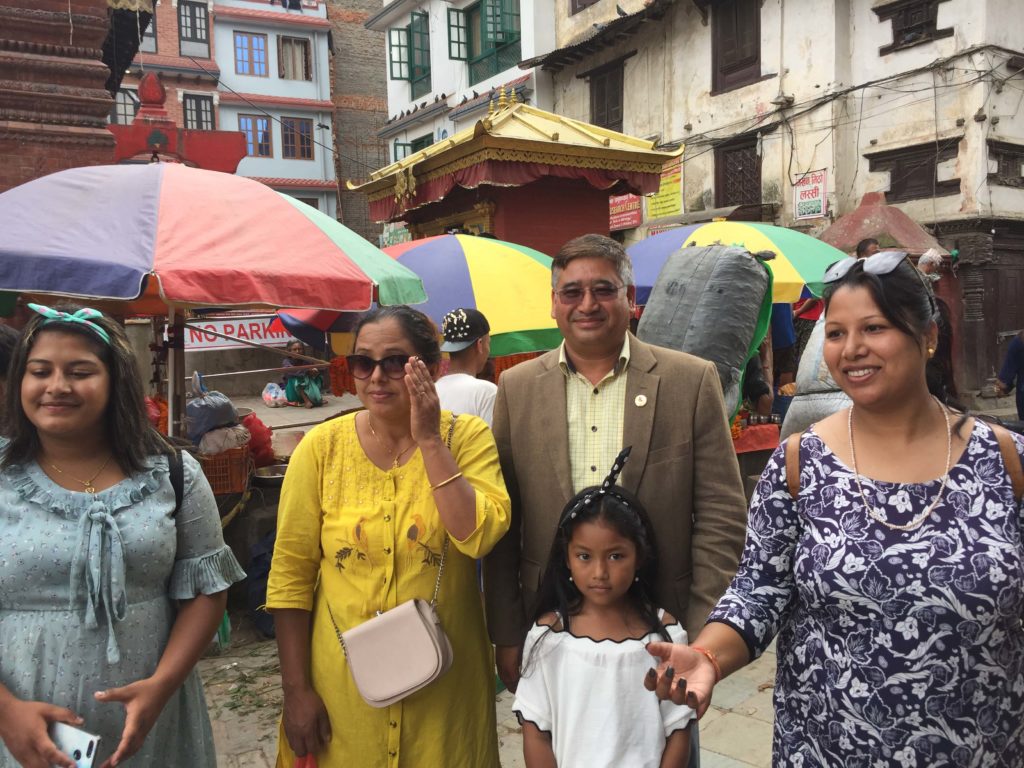
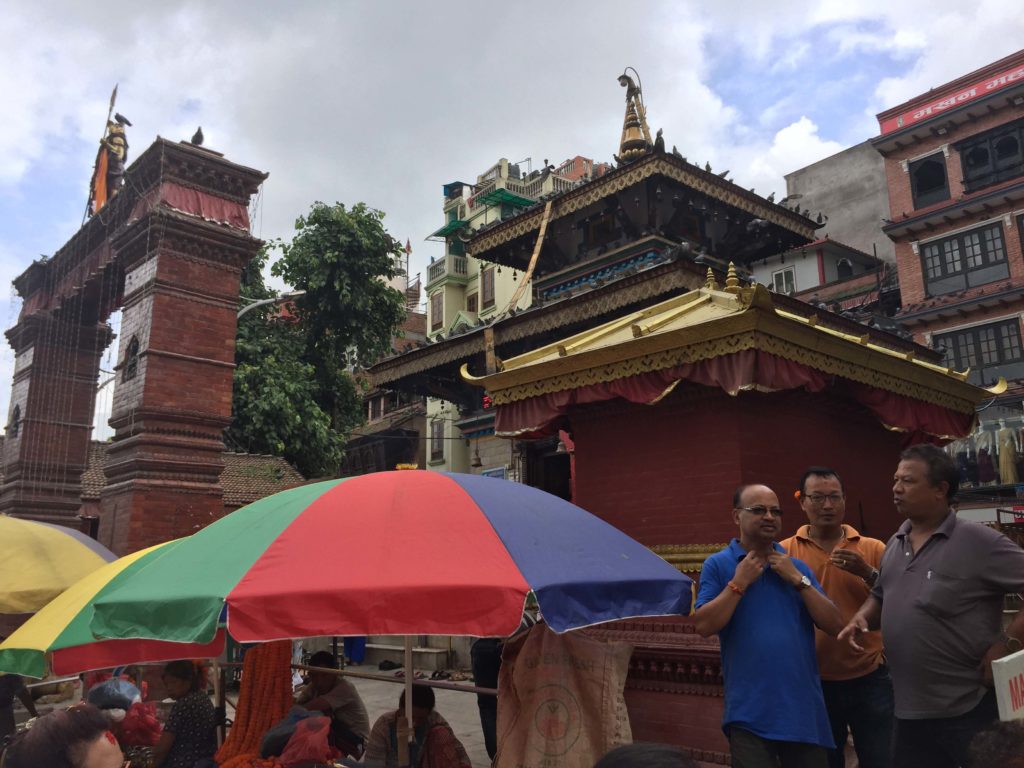
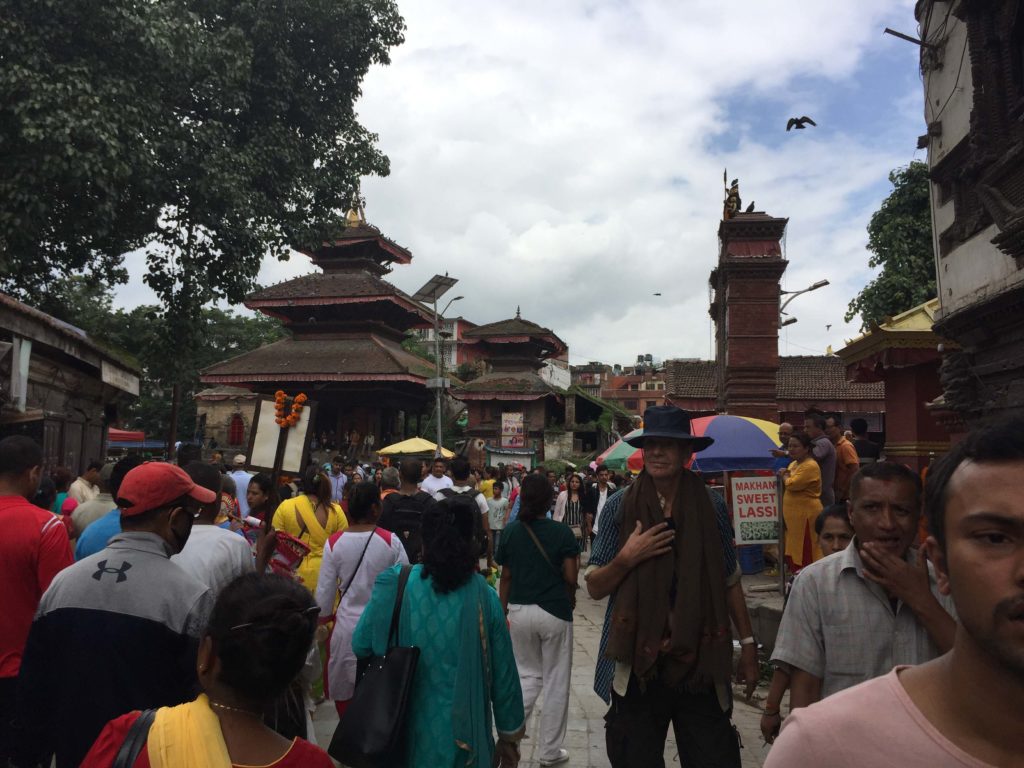
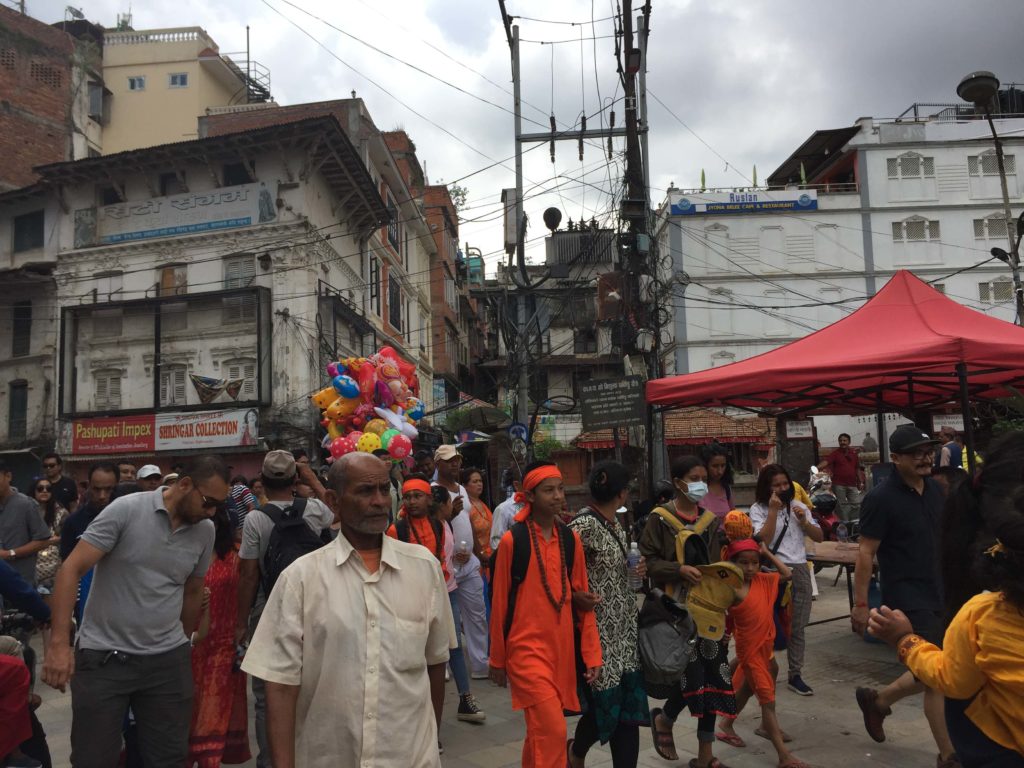
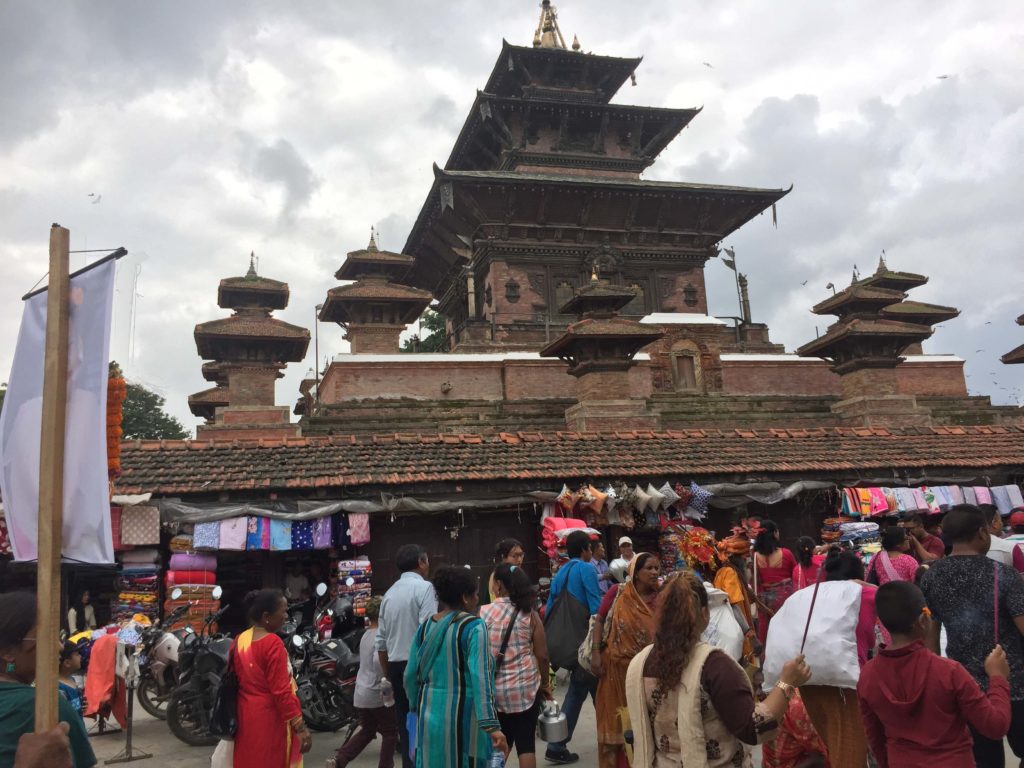
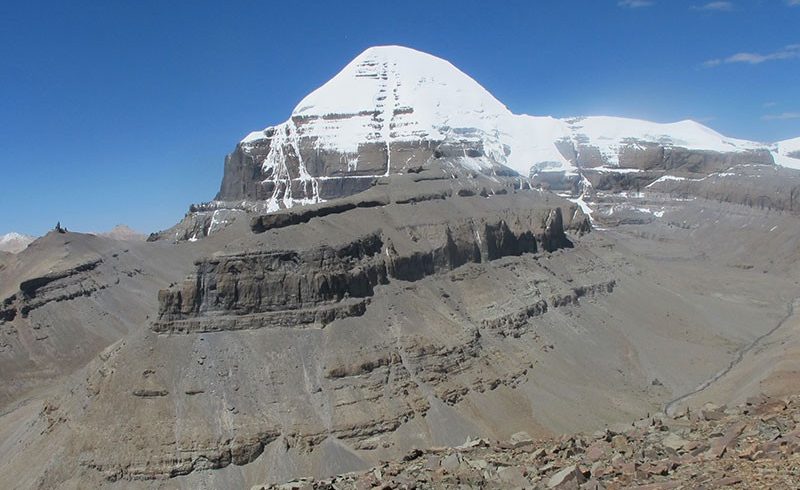
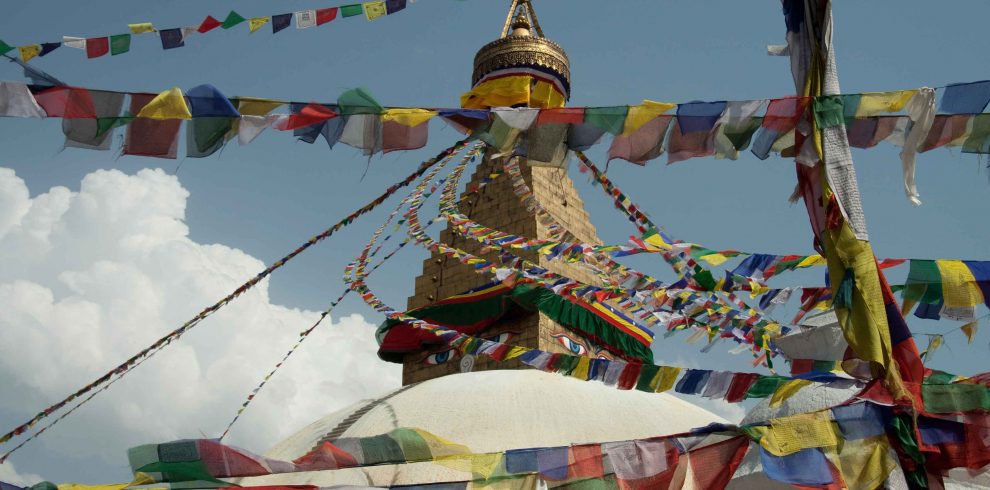
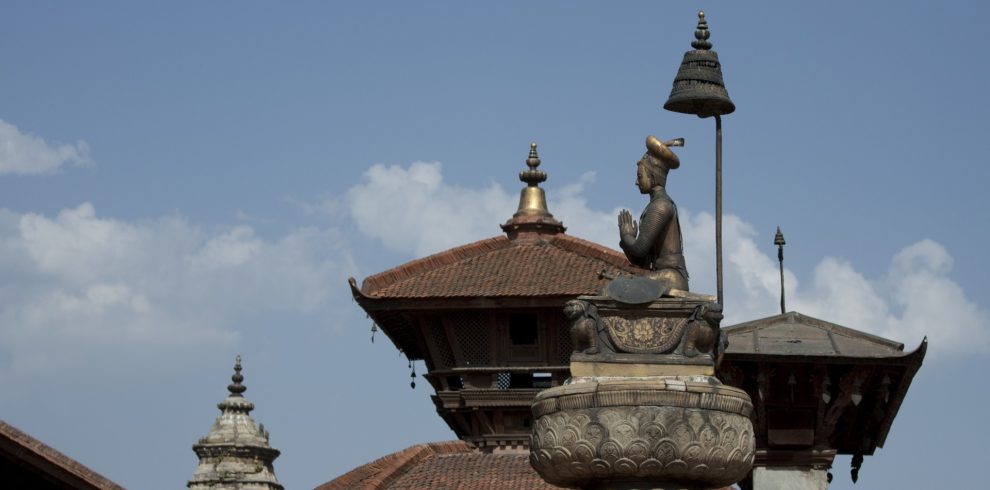
Write a Review
You must be logged in to post a comment.